Starting with the Camilo Egas Museum dedicated to ... wait for it... Camilo Egas. He (apparently like all famous Ecuadorian artists) was mostly concerned with the plight of the indigenous south American people, but branched out over time to other topics, then moved to New York and became an art teacher in the late 1920s (during the great depression, where he shifted to economic disparity and his art resonated with what was happening in America at the time).
It was particularly interesting to see his focus, and his art, shift over time, becoming more impressionist until his final pieces ... painted when he was dying of cancer ... are completely abstract (and yet somehow convey a sense of doom and hopelessness).
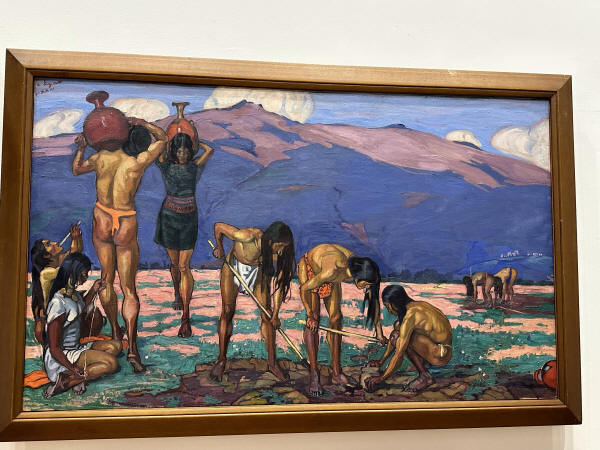 |
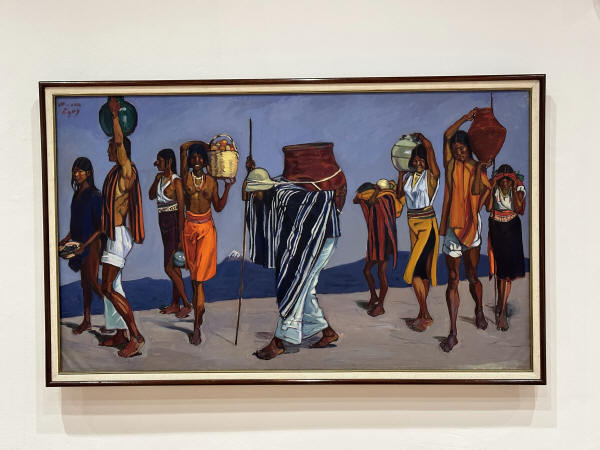 |
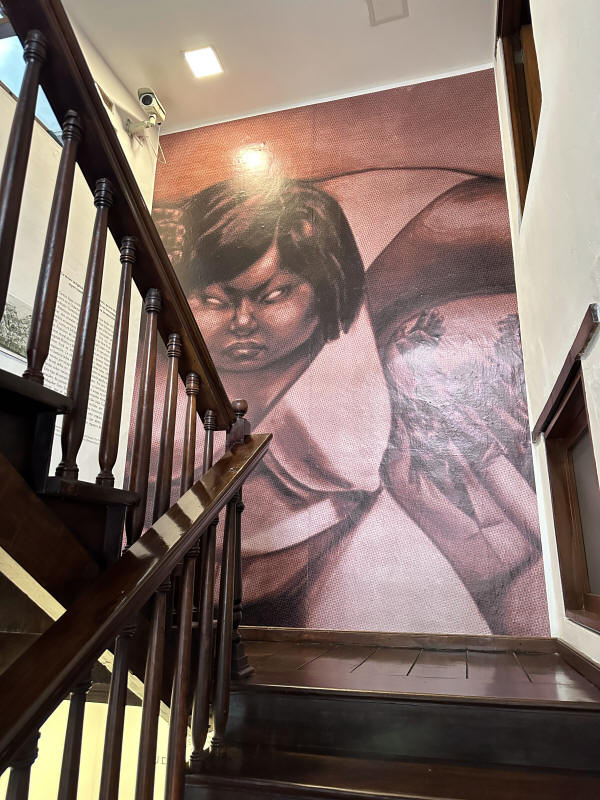 |
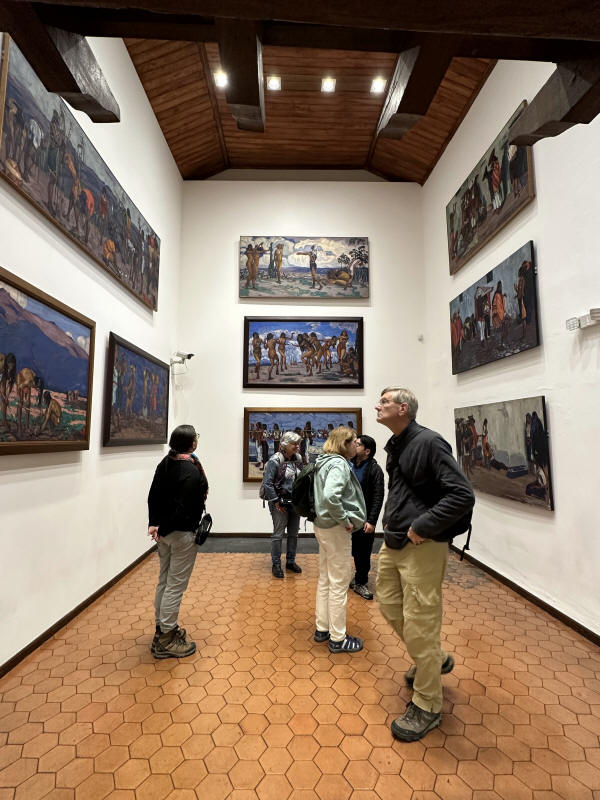 |
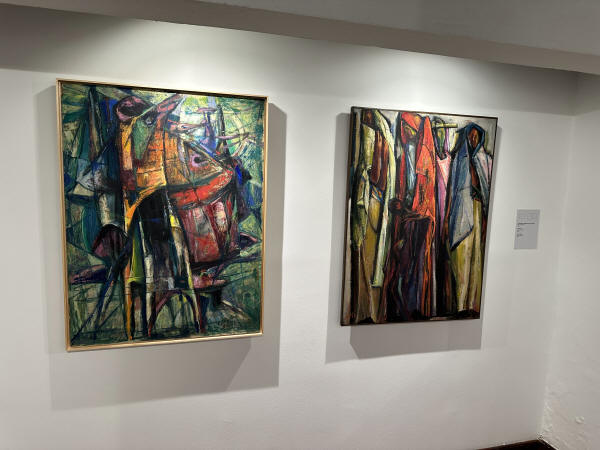 |
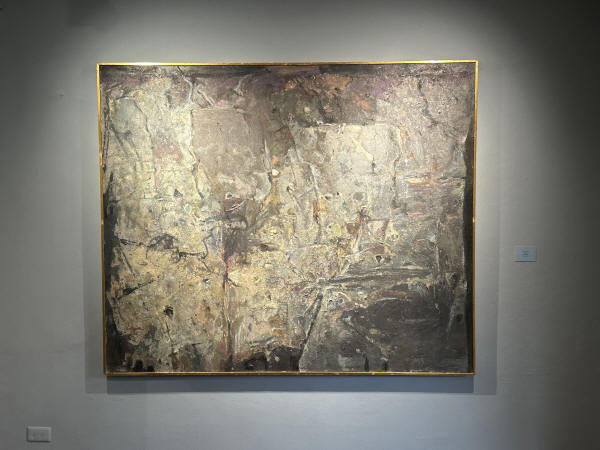 |
Number two (and not really a museum exactly but close enough), the Palacio del Antiguo Circulo Militar, which I will translate (probably incorrectly) to the Palace of the Ancient Military Club.
Ya, pretty sure that's not right, but basically the Ecuadorian Military spends vast amounts of money building private clubs for its senior army officers (and, based on seeing one, yacht clubs for its navy officers). This one was particularly grand, and for reasons that were not quite clear, was converted into a historical site, while a new (possibly grander) building was constructed to replace it. It houses the defense museum (so, at least in part, it fits in the museum category), but what part of the building, or even what the defense museum was remained unclear; there was one room with a chess board in it, so that might be it. It was a beautiful building, certainly, with huge floors boasting designs created by inlays of small wooden strips, towering ceilings, and military zymology everywhere (in particularly, the condor, which is also on the Ecuadorian flag, and yes, it is essentially a buzzard).
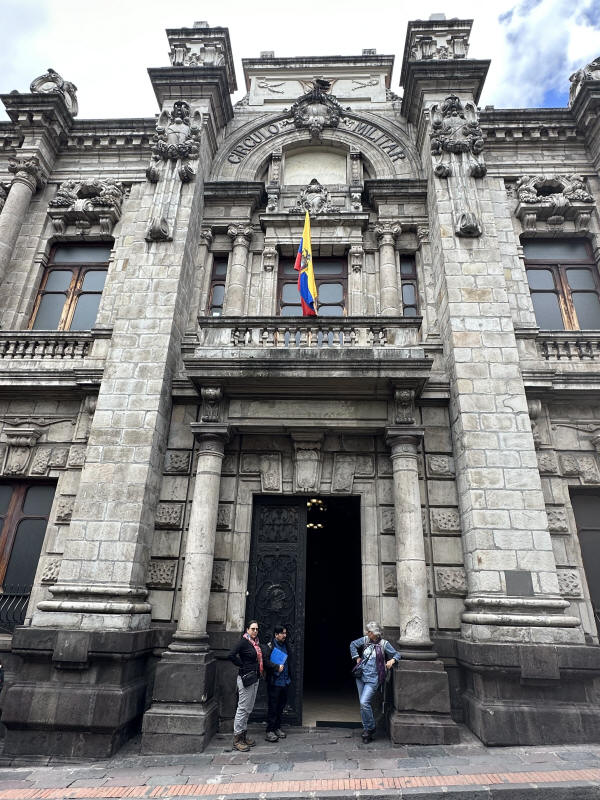 |
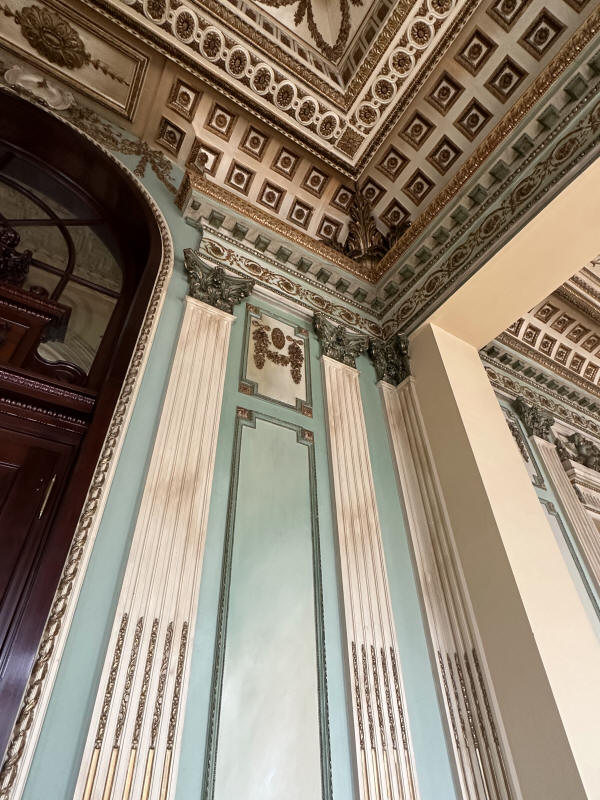 |
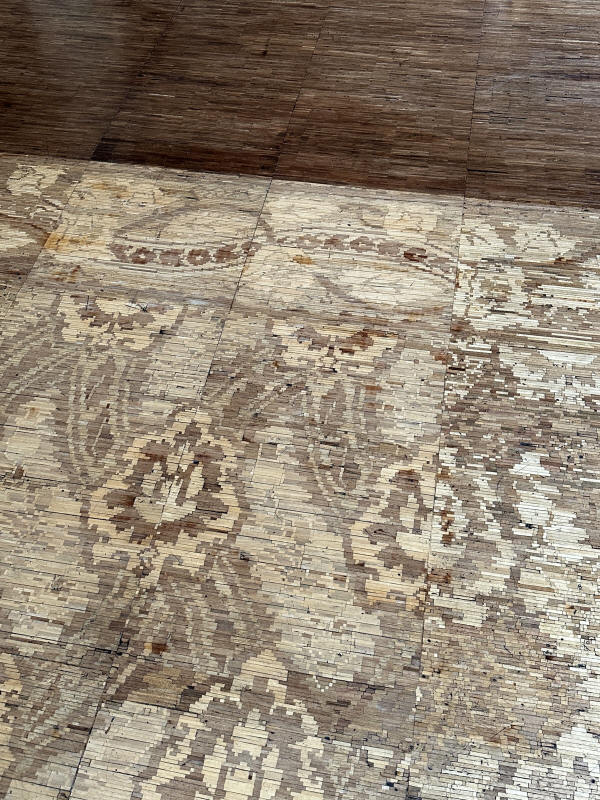 |
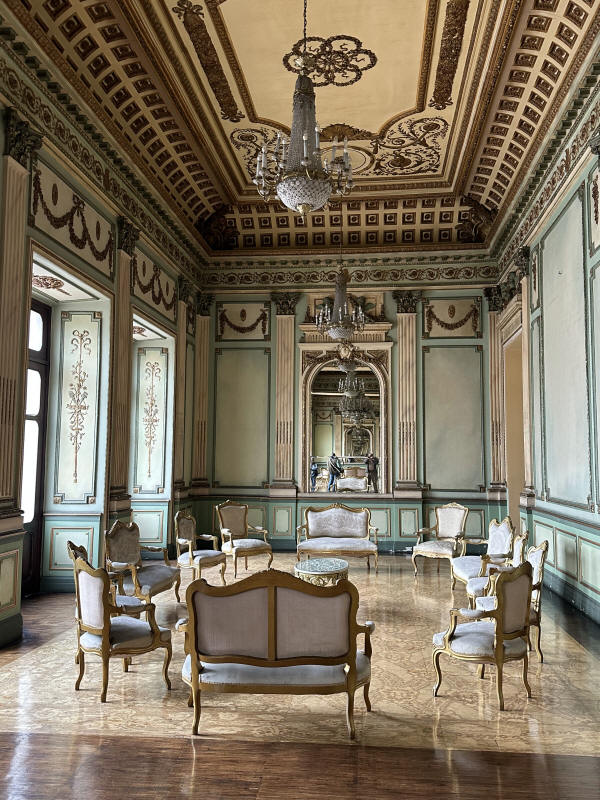 |
 |
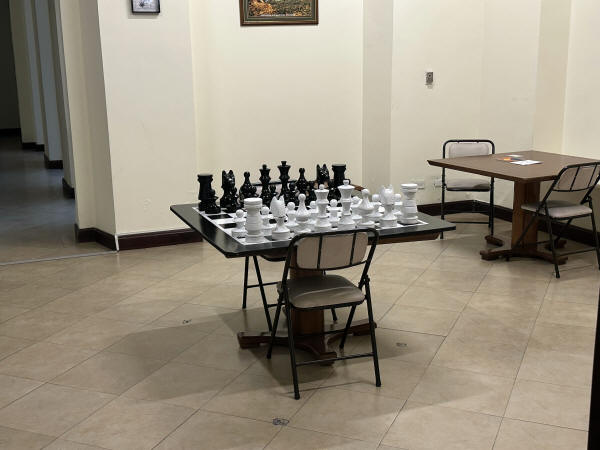 |
Next, Museo Nacional del Ecuador, considered the largest museum institution in the country. There was a construction project underway when we visited, so much of the museum was closed off, but the portion that was open was architecturally cool, with a variety items on display that varied from pre-Columbian artifacts (show on the PCA page) to modern art. Also, a little shout out for Google Translate, which allowed converting all the text (which was exclusively in Spanish) to English in real time and did an amazing job of it (example below).
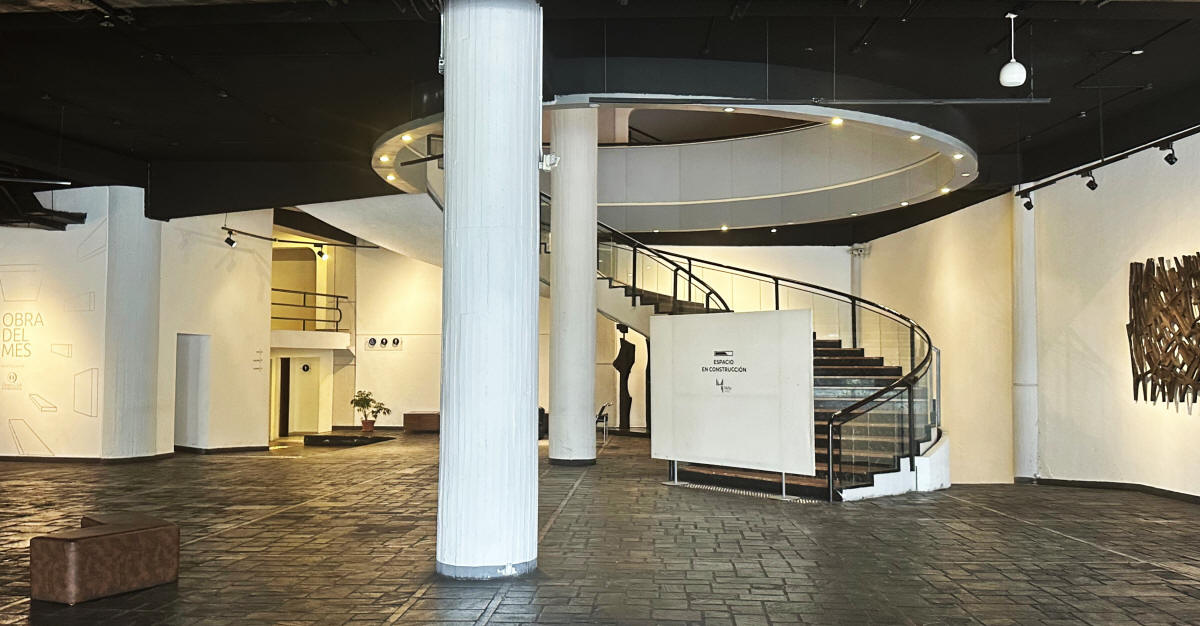
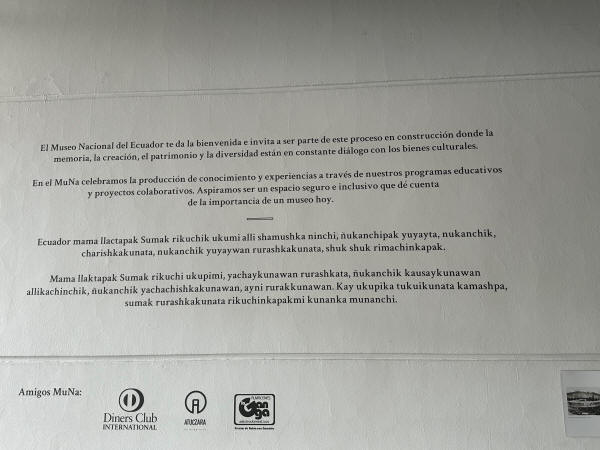 |
 |
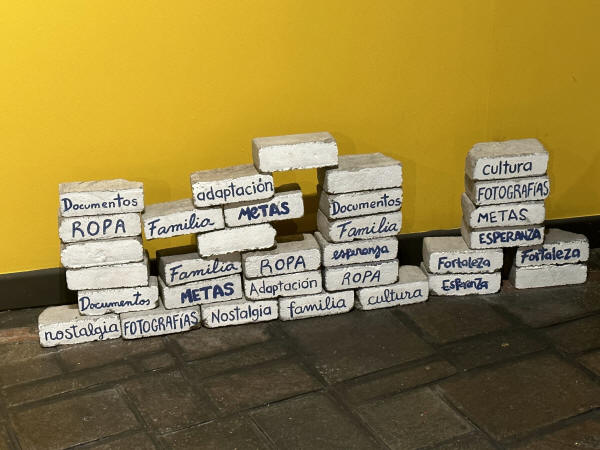 |
 |
 |
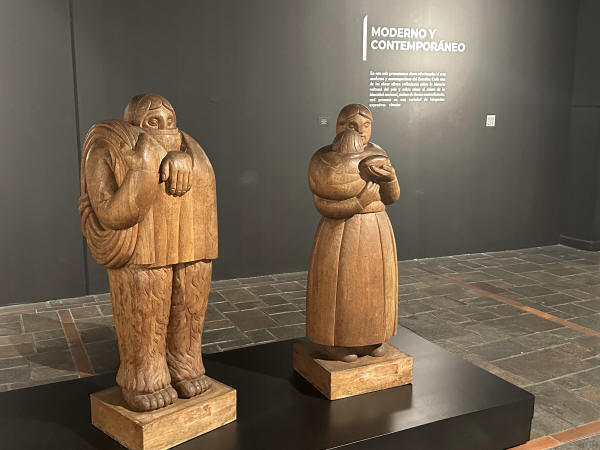 |

Next, the Instituto Nacional de Patrimonio Cultural, although really we were just there to see the villa in which it resides. Originally built as a summer home by the Jijón y Caamaño family, it became the main home of the conservative historian Jacinto Jijón y Caamaño. The building was impressive on it's own, but the best part was a secret passage to an adjoining library and private study. It was later converted into the Historical Archive of Quito and the office of the Chronicler of the city, and the secret passage is walled off from the actual library. That was ok, as we walked there next.
 |
|
 |
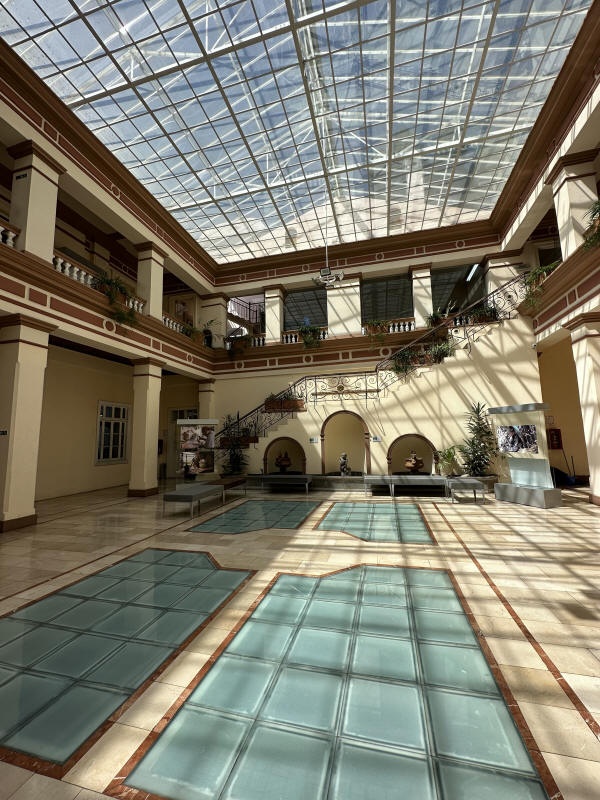 |
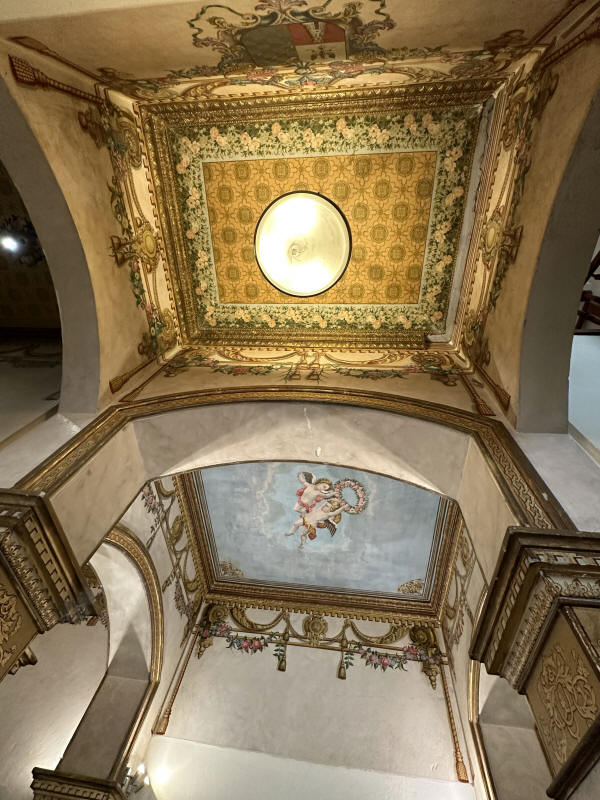 |
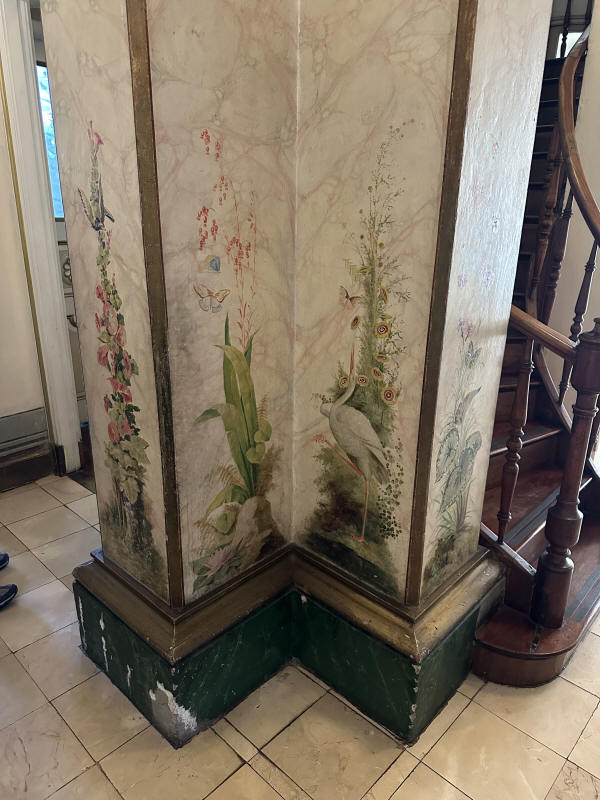 |
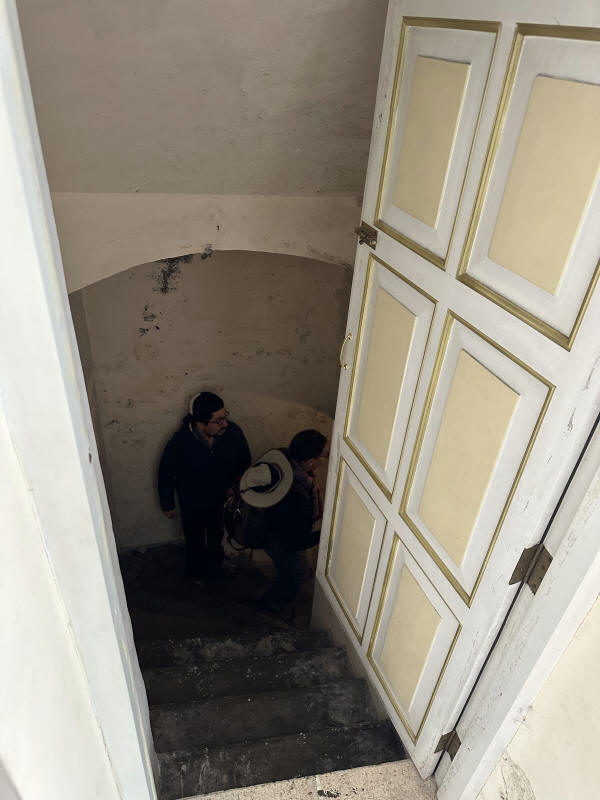 |
 |
The historical archive was awesome, with books from the 1700s to present day (there might have been some from earlier, but the really old volumes are in a different location).
 |
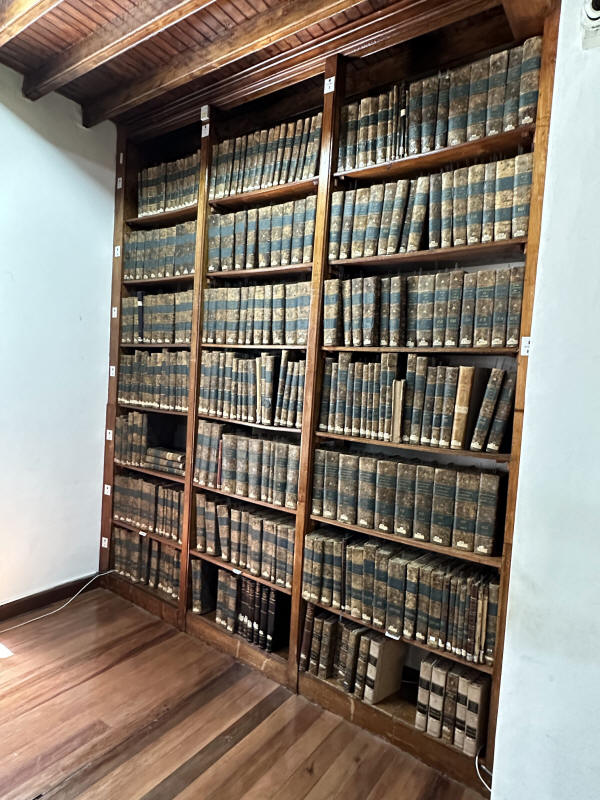 |
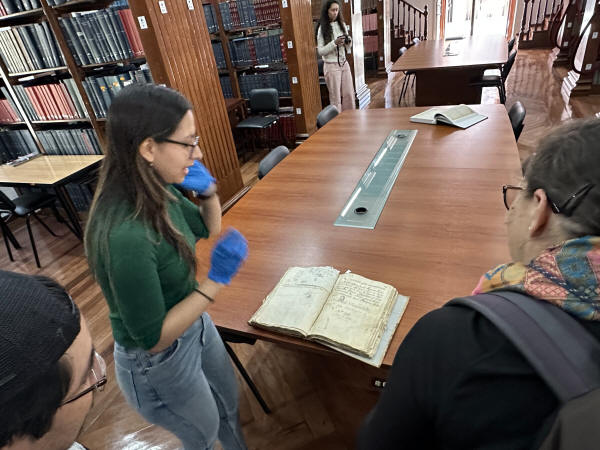 |
 |
 This leads to the other side of the secret passage |
We moved from there to a museum (and once the home of) Eduardo Kingman, another famous painter focusing on indigneous poeple with large hands.
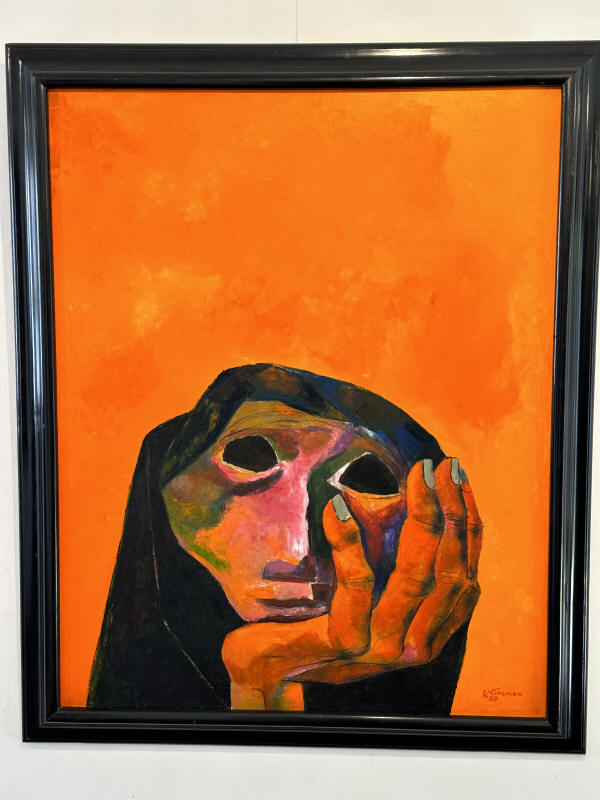 |
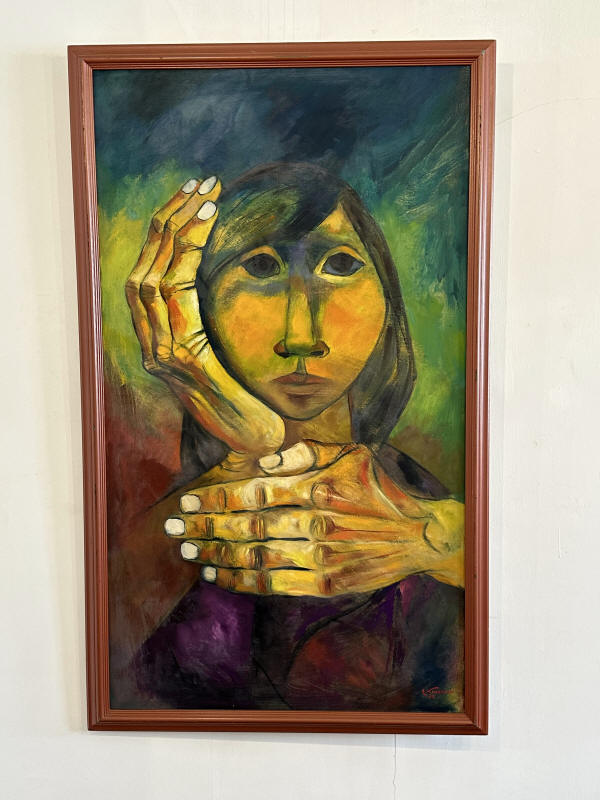 |
 |
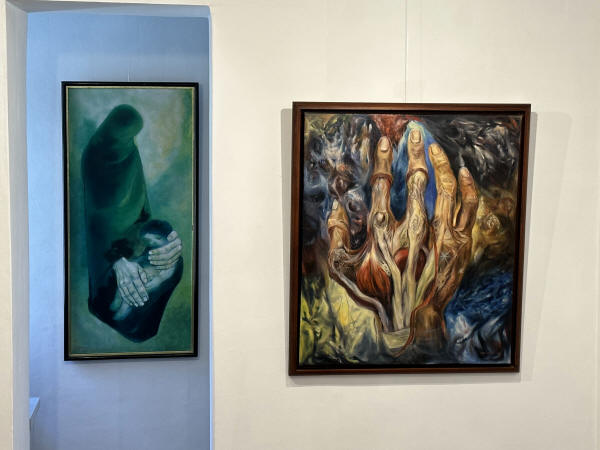 |
And final stop, Pontificial Catholic University of Ecuador, which has a number of small, specialized museums; one, focused on Antonio Flores, was only two rooms.
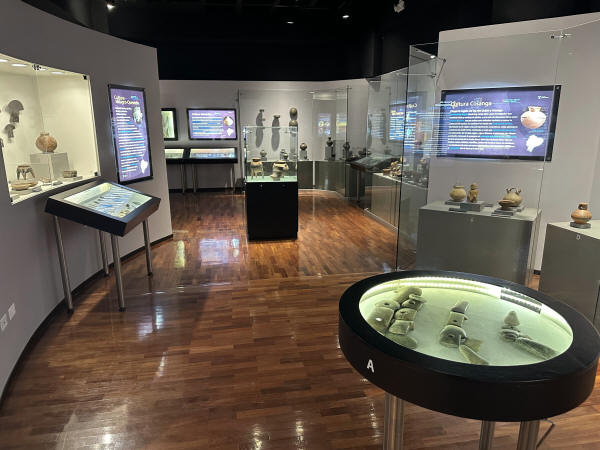 |
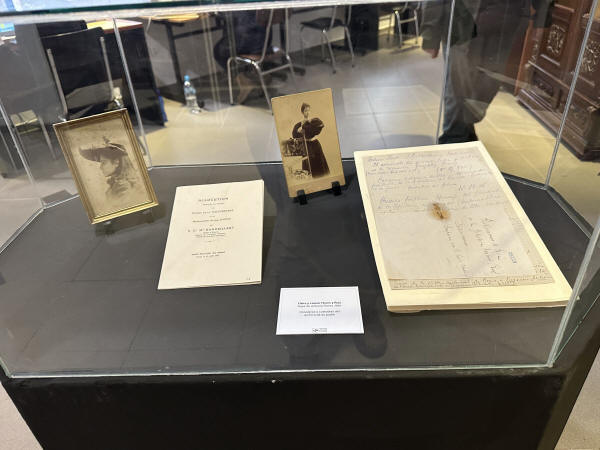 |
 |
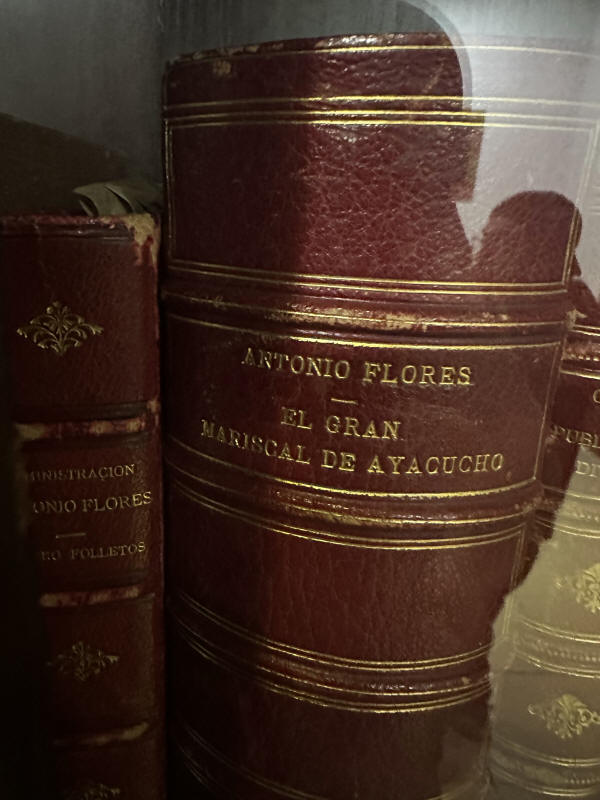 |
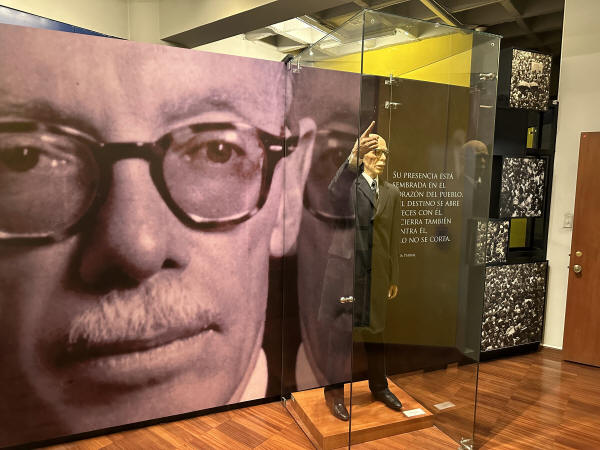 |
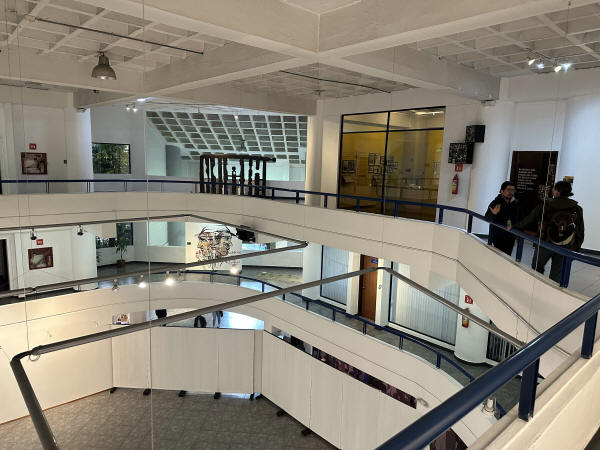 |
And our final night in Quito!
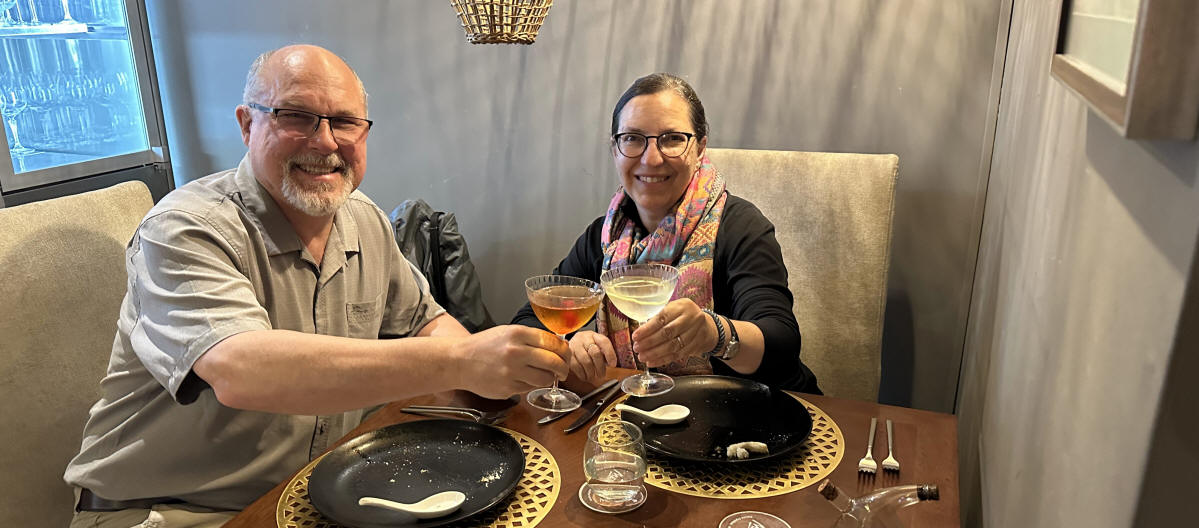
back to the main Quito page